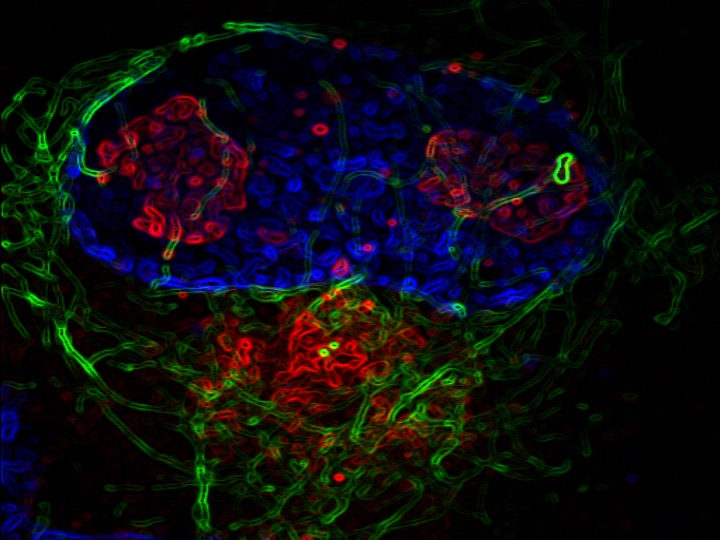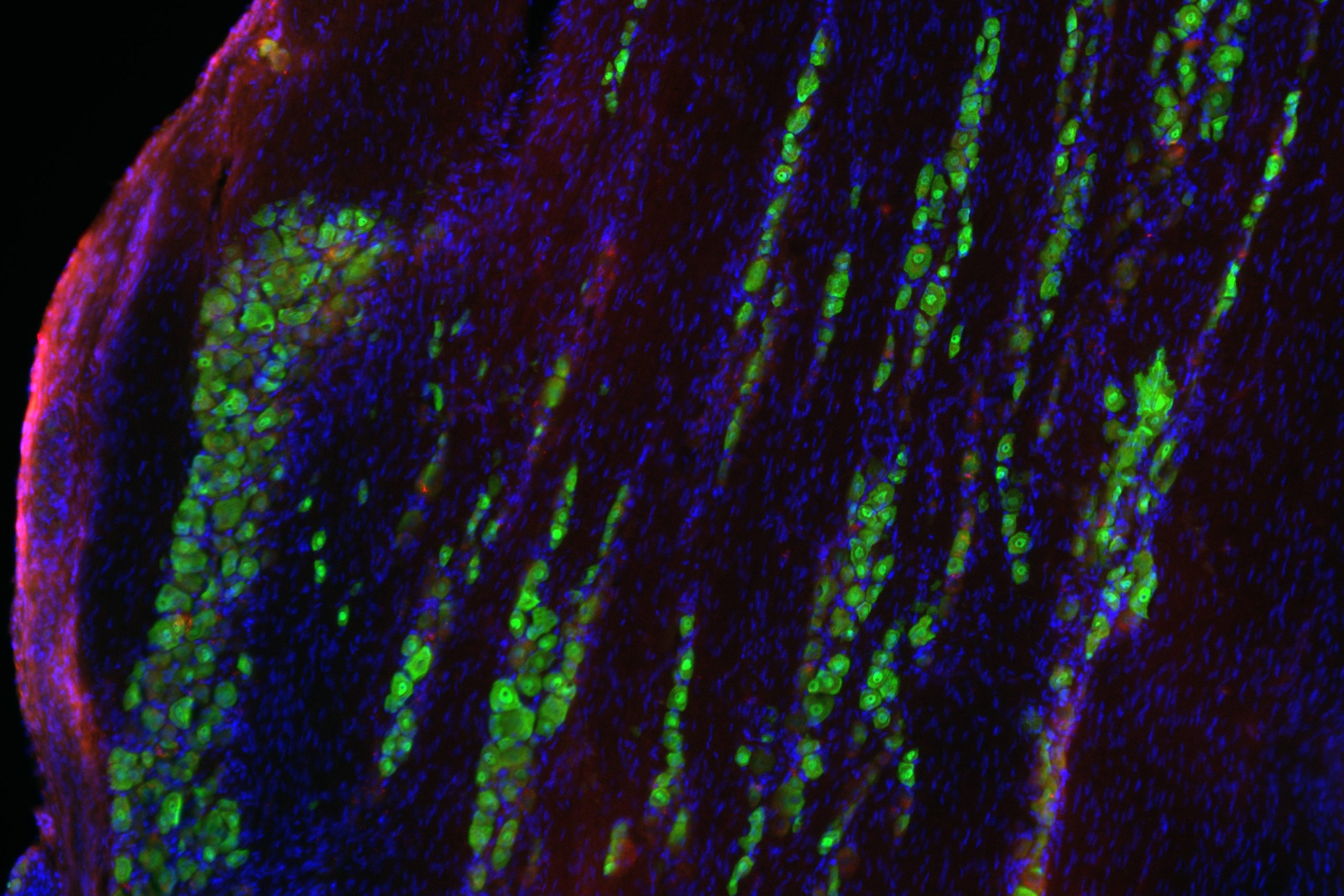
Northwestern Medicine scientists have developed a new method to trace cell lineage, which can help determine the origin of mammalian neuron cell populations from progenitor cells, according to a study published in the journal Developmental Cell.
Neural progenitor cells are early descendants of stem cells that can differentiate into thousands of different types of neurons throughout the brain. During the process of embryogenesis, these cells become genetically programmed to develop into specific types of neurons, and a central question in the field has been to understand the processes of cell fate specification and its role in the development of the brain.
Over the last four decades, cell tracking techniques called lineage tracing have helped scientists better understand exactly which progenitor cells give rise to certain sets of neurons. However, previous methods tend to label both lineally related and unrelated cells, complicating the results, according to Rajeshwar Awatramani, PhD, a professor in the Ken and Ruth Davee Department of Neurology in the Division of Movement Disorders and senior author of the study.
In response, the team developed PRISM, a “progenitor-restricted intersectional fate mapping” approach, which exclusively labels progenitor cells to more clearly visualize their descendants. Specifically, the method utilizes two site-specific enzymes called Cre and Flp recombinase to label the cells with an identifying protein.
“Our lineage tracing approach, we believe, is more accurate and removes some of the confounds of previous approaches,” according to Awatramani, who is also a member of the Robert H. Lurie Comprehensive Cancer Center of Northwestern University.
In the current study, the team used the new method to determine how a group of progenitor cells gave rise to the six distinct layers within the cerebral cortex region of the mammalian brain, with each layer having different neurons with different functions and molecular properties.
Previous studies using older methods of lineage tracing suggested that progenitor cells are not uniform and instead are heterogenous, with some progenitor cells marked by a transcription factor called Cux2+ that gave rise to the upper layers of neurons.
Using PRISM, the investigators found that Cux2+ progenitors actually do not entirely give rise to the upper layers, and instead contribute less than 50 percent of neurons to the upper layers.

Ultimately, the method could help scientists better understand the development of neurons and cell fate decisions that potentially support the development of some neurodevelopmental disorders, as well as aiding in the reprogramming of stem cells for modeling and treating such disorders, according to Awatramani.
Currently, the team is using PRISM to determine cell lineages in other regions of the central nervous system such as the substantia nigra, a structure located in the midbrain responsible for reward response and movement, and in which neuron death gives rise to the debilitating motor symptoms of Parkinson’s disease.
“We want to know how the brain is put together in the same way you want to know how a car is put together. If you understand how the brain was put together, then you can understand how to repair it when it breaks down,” Awatramani said.
Jean-François Poulin, PhD, a former postdoctoral fellow in the Awatramani laboratory, and Milagros Luppi, a rising fourth-year student in the Driskill Graduate Program in Life Sciences, were co-lead authors of the study.
This work was supported by the National Institutes of Health grants R21NS092034-01A1 and R01NS096240.






